Table of Contents
When you think of a chainsaw, the first thing that comes to mind is generally wood (and, you know, chopping it). But why were chainsaws designed in the first place? It may surprise you that the device’s origins are about as far from a lumberyard as possible: The chainsaw was invented by two Scottish doctors, John Aitken and James Jeffray. And they created their gruesome and hazardous instrument to aid them in their work—cutting human bone and tissue.
Even in the best conditions, giving birth is not a pleasant experience for most people. However, before the invention of anesthetics and other contemporary surgical techniques in the 18th century, delivery could quickly become quite risky. Doctors had to cut into the cartilage and bone to enlarge the pelvic region when newborns came out feet-first, or their bodies were otherwise confined in the birth canal. Aitken and Jeffray discovered that a sharp knife wasn’t cutting it promptly, so they designed a chainsaw as a more accurate and compassionate solution.
1. Concrete, Bricks, And Stone Can All Be Cut Using Chainsaws
 With a few important modifications, they are extremely identical to standard chainsaws. First and foremost, their chain is encrusted with diamond grit. It allows them to cut through these tough materials without losing their sharpness in a split second.
With a few important modifications, they are extremely identical to standard chainsaws. First and foremost, their chain is encrusted with diamond grit. It allows them to cut through these tough materials without losing their sharpness in a split second.
The second significant distinction is that they do not utilize bar oil as a lubricant — instead, they use water. The water also acts as a cooling agent for the guide bar. The continual water flow keeps the chain and guide bar cool and eliminates any stone dust produced throughout the operation.
The energy source for these chainsaws is either hydraulic power or gas. They are most usually seen on construction sites, but they are also seen in the hands of stone carvers. Firefighters may also use them to gain entry to structures.
2. Some Chainsaws Can Be Used Underwater
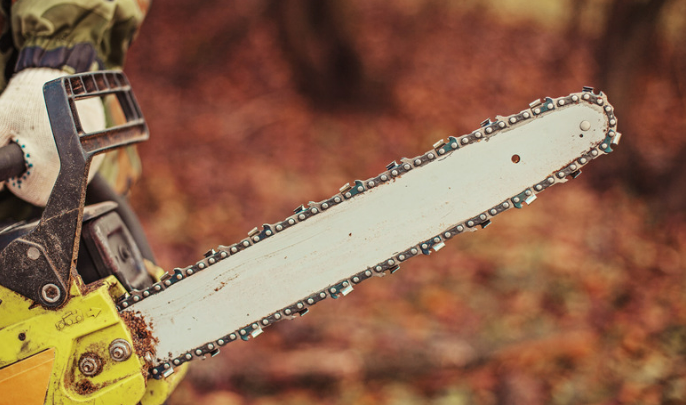 Most chainsaws are not constructed in this manner (I have written an article about this very topic, you can check it out here). However, several chainsaws are particularly intended for underwater usage.
Most chainsaws are not constructed in this manner (I have written an article about this very topic, you can check it out here). However, several chainsaws are particularly intended for underwater usage.
This accomplishment is accomplished by removing the engine from the chainsaw and installing it in a pump linked to the chainsaw through tubes. The pump circulates high-pressure liquid (hydraulic) or compressed air (pneumatic) through the tubes, turning the chain.
3. A German Physician Devised the First Chainsaw to Aid In Delivery
 No, we are serious. Let me put this in perspective before you imagine a scene from a horror film. Back in the day (18th century), surgeons would often remove bone and cartilage from the birth canal to expand it during difficult childbirths.
No, we are serious. Let me put this in perspective before you imagine a scene from a horror film. Back in the day (18th century), surgeons would often remove bone and cartilage from the birth canal to expand it during difficult childbirths.
They chose this approach over C-section since it was seen as less risky. Originally done by hand with a tiny saw, this procedure has proved to be quite unpleasant for the mother.
4. In 1929, The Modern Chainsaw Was Created
 Once again, by a German. Andreas Stihl invented the first gasoline-powered chainsaw in 1929. He referred to it as the tree-felling machine at the time. It was the first portable, fully powered chainsaw intended for wood cutting. Many people believe that chainsaws are a relatively new development. However, this is not the case.
Once again, by a German. Andreas Stihl invented the first gasoline-powered chainsaw in 1929. He referred to it as the tree-felling machine at the time. It was the first portable, fully powered chainsaw intended for wood cutting. Many people believe that chainsaws are a relatively new development. However, this is not the case.
5. The Engine of The Most Powerful Single-User Chainsaw Is 121.6cc
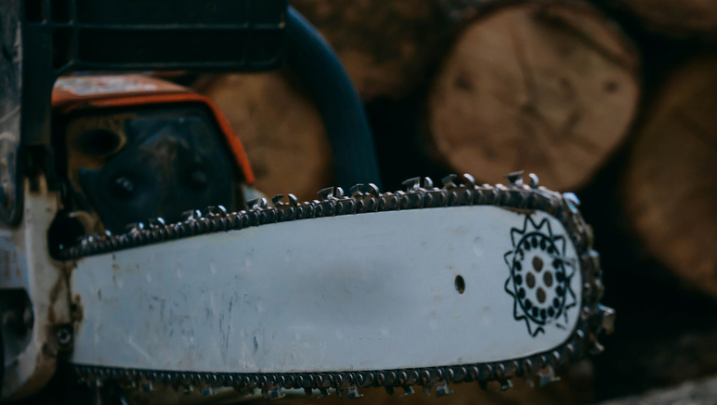 Yes, the strongest chainsaw available today (to the best of our knowledge) — the Stihl MS 880 – has an engine powerful enough to power a medium-sized scooter. Because far larger chainsaws exist, they are either designed for sawmills and need many people to operate, or they are explicitly designed to try a world record.
Yes, the strongest chainsaw available today (to the best of our knowledge) — the Stihl MS 880 – has an engine powerful enough to power a medium-sized scooter. Because far larger chainsaws exist, they are either designed for sawmills and need many people to operate, or they are explicitly designed to try a world record.
6. The World’s Largest Chainsaw Measures 22’11” Long And 6 Feet Tall
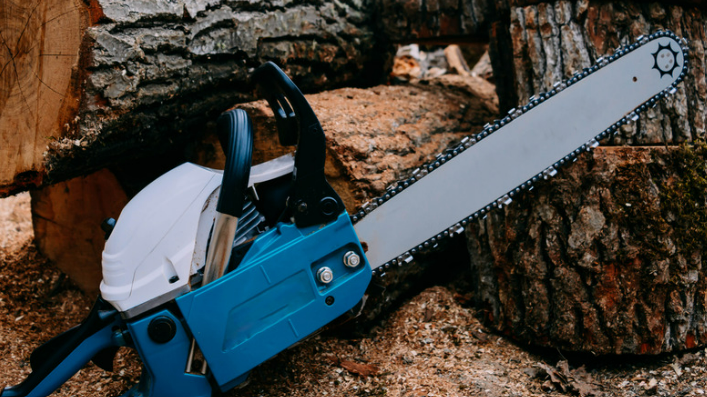 As previously stated, there are chainsaws designed to break a world records. “Big Gus,” the chainsaw, is no exception. Moran Iron Works Inc. of Michigan built this massive equipment in 1996.
As previously stated, there are chainsaws designed to break a world records. “Big Gus,” the chainsaw, is no exception. Moran Iron Works Inc. of Michigan built this massive equipment in 1996.
7. Other Bizarre World Records Using Chainsaws
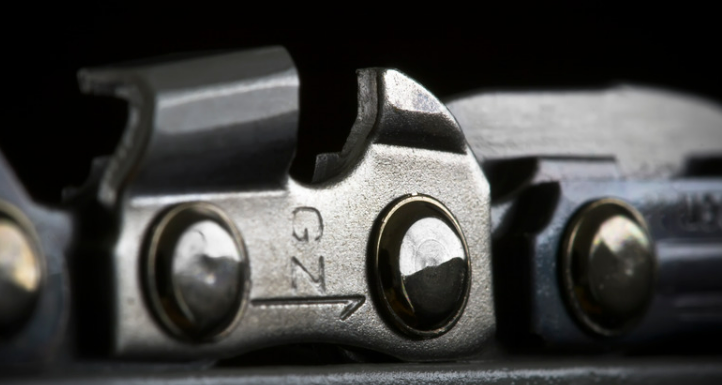 People often utilize these items to do incredibly daring acts due to their hazards. Here are a few instances that come to mind.
People often utilize these items to do incredibly daring acts due to their hazards. Here are a few instances that come to mind.
8. Chainsaw Chaps Are Carefully Intended to Safeguard Users from Damage
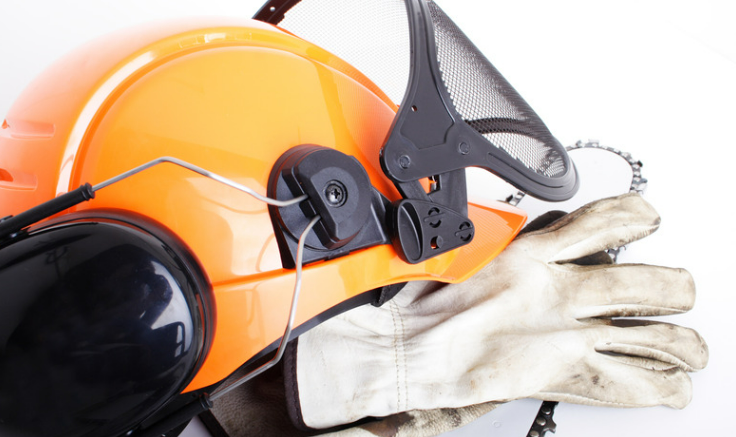 Anyone who has worked in the forestry sector is aware of this, but I was astonished when I first heard about it. It is not so much about its presence as its approach to avert damage.
Anyone who has worked in the forestry sector is aware of this, but I was astonished when I first heard about it. It is not so much about its presence as its approach to avert damage.
9. The Typical Chainsaw Injury Requires 110 Stitches
 When it comes to safety, this is a fascinating truth. We learned from 1989 research conducted by the Davis-Garvin Insurance Agency. We will not upload any images, but you can imagine the kind of damage that requires 110 stitches to repair.
When it comes to safety, this is a fascinating truth. We learned from 1989 research conducted by the Davis-Garvin Insurance Agency. We will not upload any images, but you can imagine the kind of damage that requires 110 stitches to repair.
10. The Typical Chainsaw’s Chain Travels At 60 Miles Per Hour
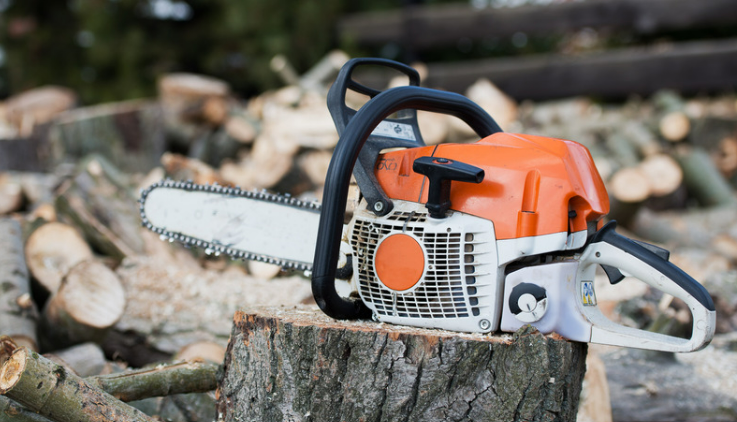 That’s 88 feet per second. As stated in the headline, this is average, and some chainsaws are slower or faster than this. Still, I find it amusing to have it measured in this way.
That’s 88 feet per second. As stated in the headline, this is average, and some chainsaws are slower or faster than this. Still, I find it amusing to have it measured in this way.
Conclusion
The first chainsaw was created to aid in childbirth — luckily, it was a far cry from the electric-powered beasts used to down trees today.
Surprisingly, chainsaws were designed for medicinal purposes! As with many great innovations, medical and physical science were the first to discover an application for a sharp reciprocating blade. In actuality, the year was 1780, when two Scottish doctors invented a powered saw to aid in delivery.
The prototype was created in the late 18th century by two Scottish physicians, John Aitken and James Jeffray, for the technique of symphysiotomy. Symphysiotoour is a surgical cutting technique in which the cartilage of the pubic symphysis is separated to enlarge the pelvis when the infant is confined, and a caesarian section is not possible.
Previously, it had been done with a knife, which took a long time and was quite unpleasant. The teethed links of the chain were rotated around a guiding blade by rotating a handle on this early chainsaw. It greatly simplified the procedure. Symphysiotomies are no longer done in recent surgery since delivery is now considerably safer and more sophisticated than before.

